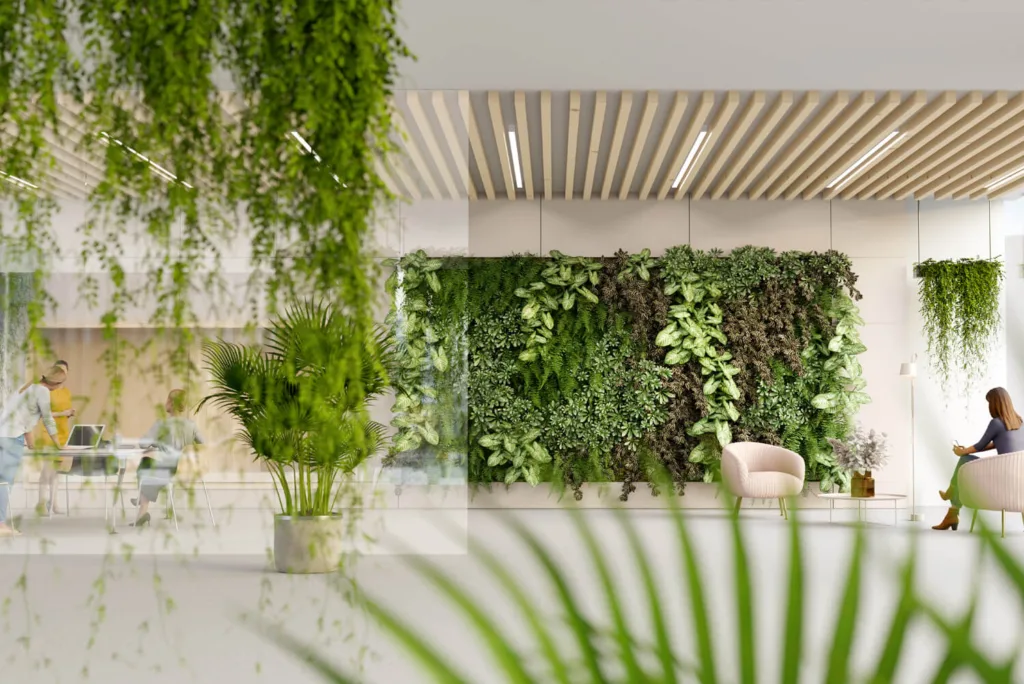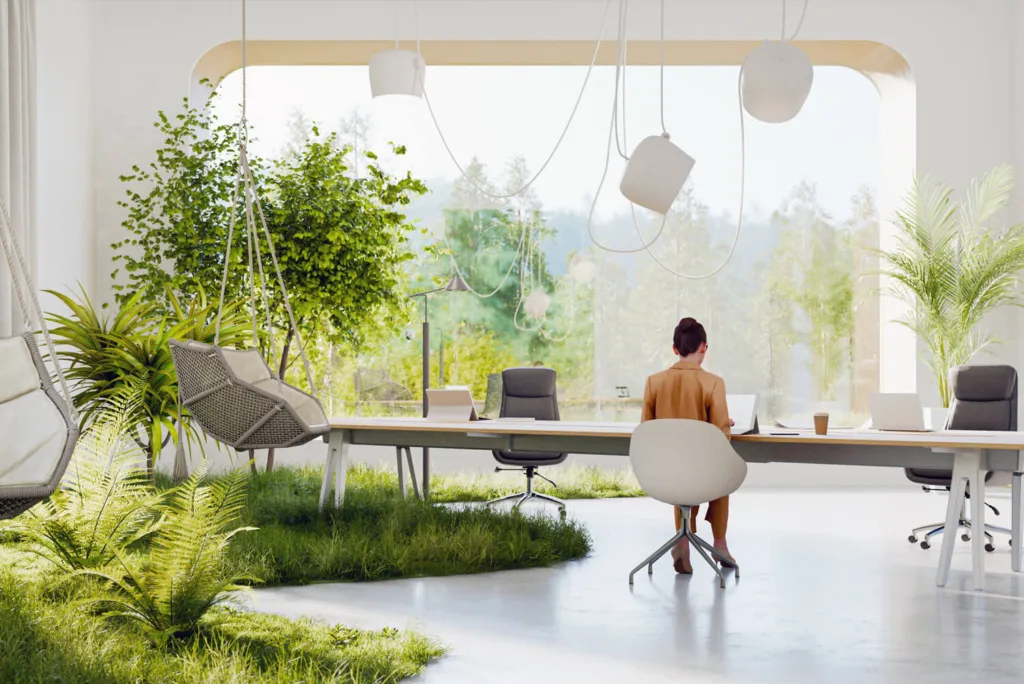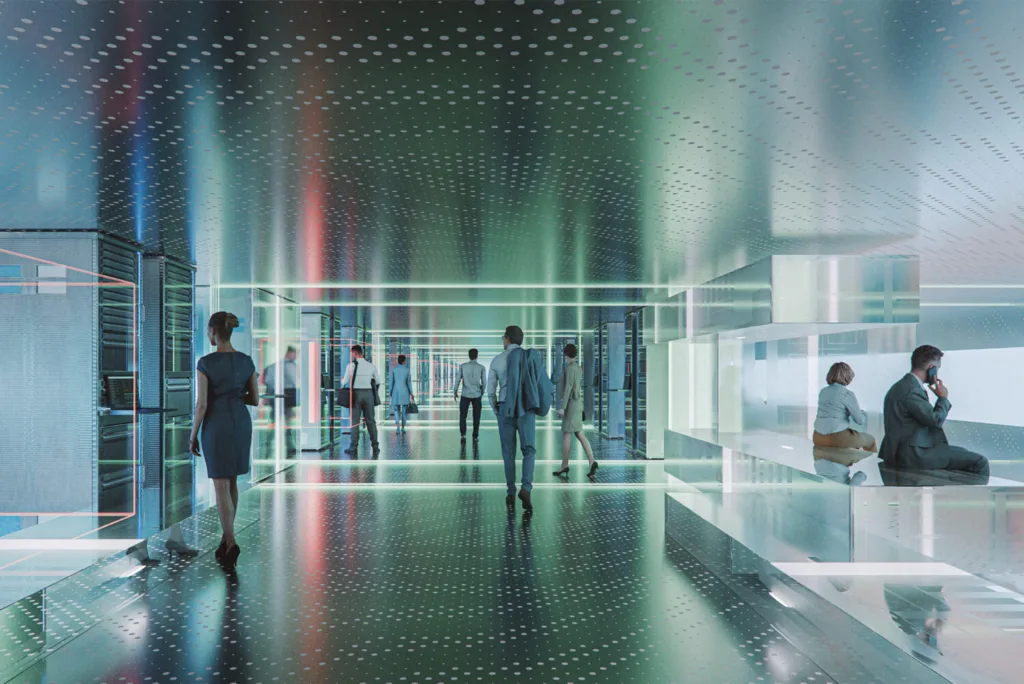Technology in commercial real estate and, more specifically, commercial office buildings has been making its presence felt for decades. That is, of course, if you owned, managed, or leased these properties.
Property management & asset management tools have been the clear leaders with respect to tech adoption across the industry. Property management software companies like Yardi, Angus, and Building Engines have seen great adoption across property management teams, and asset management tools like VTS, Liquidspace have become ingrained in the day-to-day process of brokers and property owners alike.
These incumbent technology players are incredibly powerful and solve real business problems for the commercial real estate industry by helping landlords, brokers, asset managers, and property managers do their jobs more effectively, but surprisingly forgotten in this movement towards tech adoption is the other 99% of people who interact with these properties and offices everyday.
That is, of course, the tenant. Creating excellent, tenant-facing technology is a huge opportunity for the industry, and if you won’t take my word for it, take CREtech CEO, Michael Beckerman’s:
“Every landlord, whether multifamily or office, is going to have to embrace the fact that tenants now have the power. They want amenity rich, tech savvy buildings with great programing and communications. Employees want it. Tenants want it. This generation in particular expects it. Landlords will have to completely change the way they build, operate and communicate now and forever.”
{{cta(’62d3f1a3-a394-4711-a3a5-e02c4c7d4fa0′)}}
This is what tenant experiences companies are all about: helping landlords to not only put relevant technology into the hands of the other 99% of a building’s population, but also use that technology to improve tenant retention, tenant attraction, and serve as a value add for CRE assets.
The idea of creating a great tenant experience isn’t necessarily new, but the technologies popping up to solve this problem certainly are. Part of this is due to the advances of mobile technology and the amount of investment pouring into the space. Here’s a quick recap from CREtech of some of the other main players in the space today (we removed ourselves to avoid redundancy).
—
COMFY (bought by Siemens)
Comfy delivers an intuitive mobile app to connect employees to their buildings. Its clients control different aspects of their workplace, like as temperature and lighting, or interact with spaces such as booking meeting rooms. See how employees are interacting with their physical environment. The analytics allow workplace teams to improve their building performance because the app pairs with operations by handling work requests and flagging issues.
OFFICE APP
The Office App helps build office communities and neighborhood connections. It is flexible and scalable to fit different solutions. Users handle maintenance requests, room bookings, real-time occupancy, and access control through the Office App. The platform gathers data for facility managers to improve employee and tenant experiences.
THE HIVE
The Hive’s tenant-centered mobile capabilities enable tenant to register visitors, submit service requests, reserve resources, and receive urgent updates and promotional broadcast messages from building management – anywhere, at any time. And tenant administrators can also review and approve estimates as well.
BIXBY
Bixby’s web and mobile app work with various property types and portfolio sizes. It delivers resident relations in a single place, including rent collection and an amenity marketplace. It offers push, text, and email notifications for its clients. Maintenance requests go through the app.
SKYRISE
Designed for office buildings, Skyrise’s goal is to improve engagement for commercial office buildings. Property managers quickly alert tenants of critical news or of actual emergencies through the app’s notifications. The digital bulletin board helps tenants connect with others in the community. It also handles bookings, offers access to amenities, and helps host events.
LANE
Lane is a cloud-based white label app that handles building operations. It streamlines management, allowing property managers to post tenant handbooks or schedule maintenance alerts. Tenants see every notice and news through the Lane platform. Facility managers can track the app’s analytics, seeing who has viewed the posts and announcements and who needs a follow up.
EQUIEM
Equiem provides the only fully-integrated solution (technology, people and services), delivering premium bespoke, building specific or precinct wide, online, offline and onsite customer experiences. As a customer experience platform for real estate, Equiem helps landlords unlock new value in their assets. By assisting them to attract and retain tenants, our platform improves ROI and increases revenue. The Equiem portal allows you to communicate with your tenants and help them connect with each other.
—
Not mentioned in this list is an entire segment of services companies that moving in to own the relationship with tenants. These companies, like Convene, WeWork, and Regus, don’t provide technology and are building out spaces and providing some pretty amazing amenities for tenants.
The problem, however, is that these types of companies create another middle-man between landlords and tenants. Typically, innovation in a sector doesn’t create additional middle-men, it removes them.
There are some more nuanced opinions on this (those opinions may be coming in a follow up post from our CEO), but this post is just about the space and the players in it!
{{cta(‘49922c01-9849-48b1-853e-aea1cfd60eab’)}}
With tenants demanding better workplace and office experiences, one can expect more and more companies to enter the space. Ultimately, every tenant population is going to have its own unique set of needs, so the companies that can create a platform flexible enough to deliver relevant functionality to diverse sets of tenants will win here.


